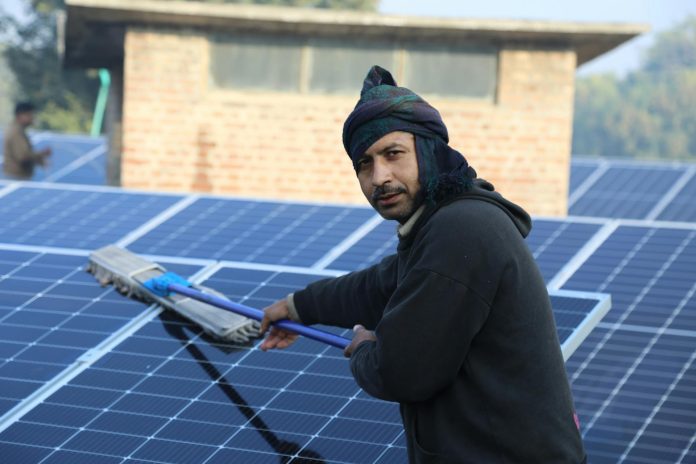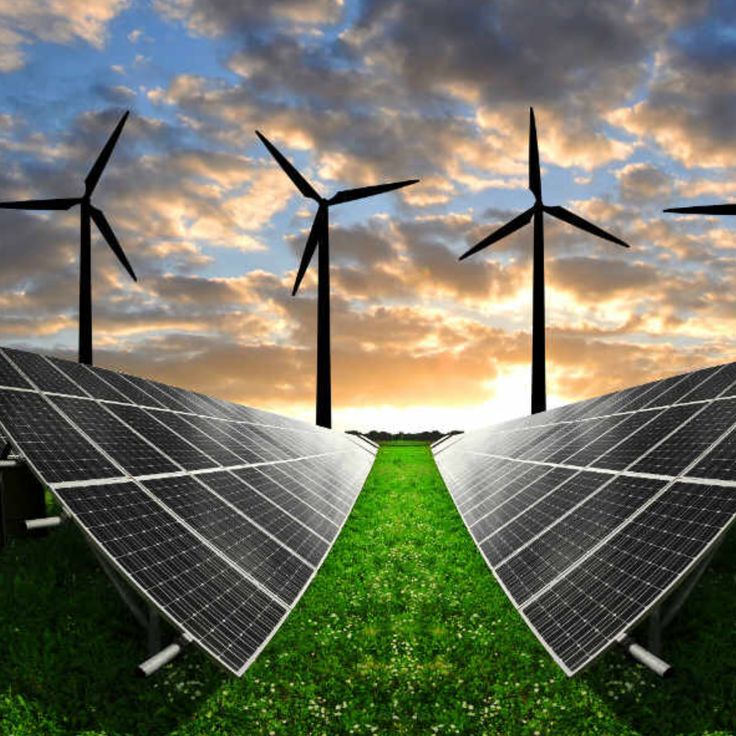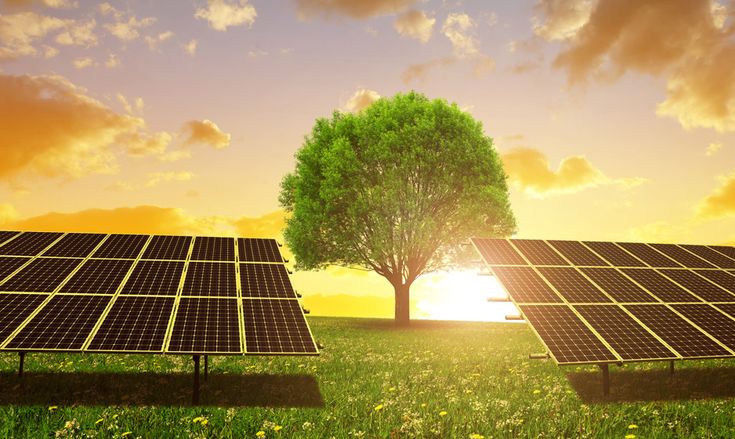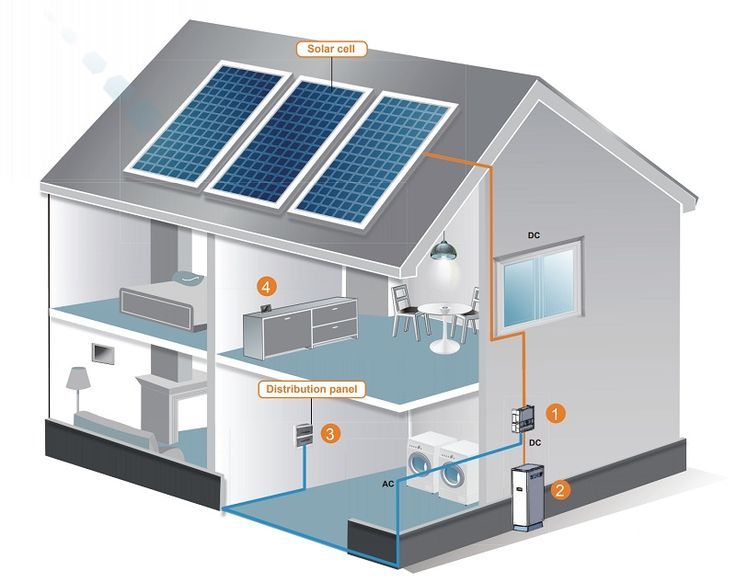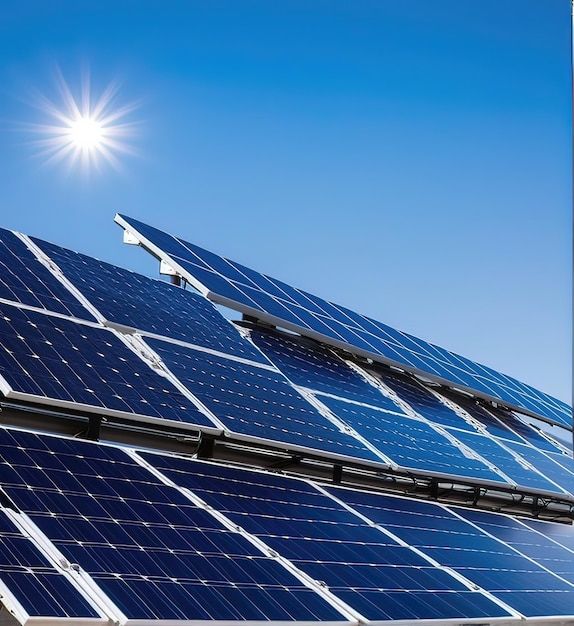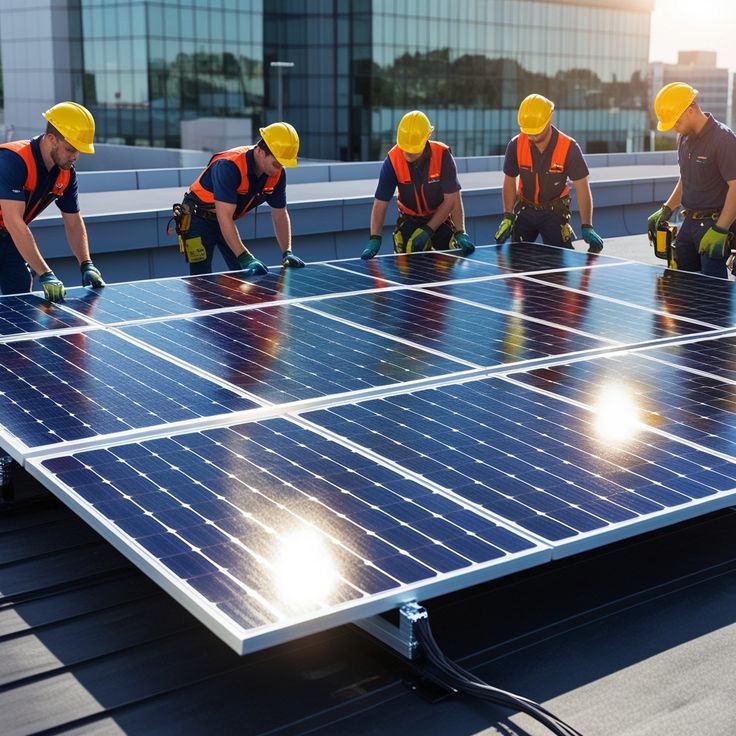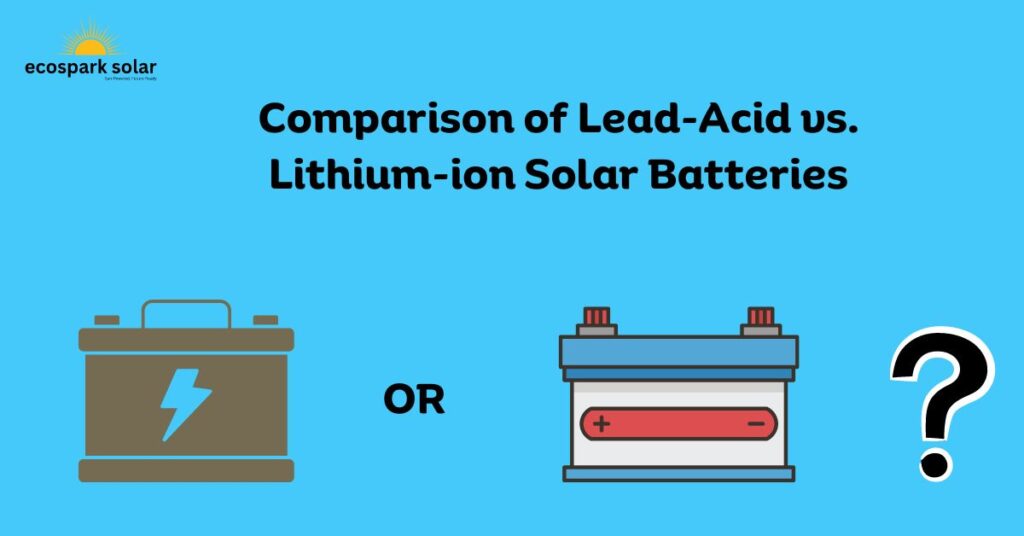In a world increasingly impacted by climate change and rising energy costs, Pakistan is emerging as a surprising example How Solar of a grassroots energy transition. The use of solar energy is booming—not driven by large corporations, but by the people themselves. Motivated by skyrocketing electricity prices and the need for a stable energy supply, more households and small businesses are turning to solar power. Through initiative and ingenuity, Pakistanis are creating their energy solutions.
Why Pakistanis Are Turning to Solar Energy
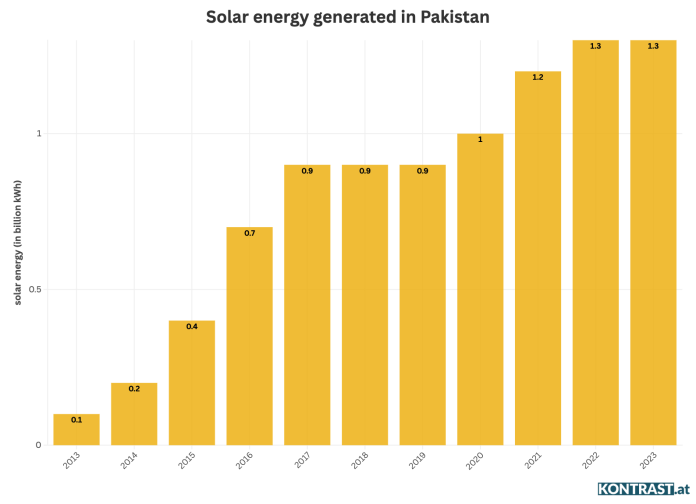
Electricity prices in Pakistan have surged in recent years, placing an unbearable financial strain on many families. Since 2021, rates have increased by over 155%. At the same time, power outages, known as “load shedding,” have become a daily reality. Frequent blackouts, particularly during the summer months when temperatures exceed 40°C, pose serious challenges for residents who rely on fans and air conditioning to survive.
Rising Electricity Prices Force Pakistanis to Act
The combination of rising prices and an unreliable power supply has fueled a solar energy boom. More people are installing solar panels on rooftops to reduce dependency on the national grid. In urban centers like Karachi and Lahore, solar panels are now a common sight. The hope for stable and affordable energy is a major driving force behind this trend.
Affordable Solar Energy in Pakistan
One key factor behind the solar boom is the decreasing cost of solar technology. China’s overproduction of solar panels has led to significantly lower prices, making it more accessible for Pakistani households.
A basic solar system, consisting of panels and a battery, is enough to power essential home appliances such as lights, fans, and small electronic devices. The widespread adoption of solar technology has also created new economic opportunities, as businesses specializing in solar installation and maintenance continue to grow. In rural areas, the solar industry is generating new jobs and empowering local communities.
Solar Energy for Agriculture in Pakistan
In Pakistan’s rural areas, solar energy is revolutionizing agriculture. Solar-powered water pumps are helping farmers irrigate their fields, reducing reliance on expensive and environmentally harmful diesel generators. With Pakistan facing frequent droughts, solar-powered irrigation not only boosts crop yields but also enhances food security.
The long-term benefits are evident: Lower energy costs, reduced environmental impact, and a more resilient agricultural sector. As climate change makes weather patterns increasingly unpredictable, solar energy offers a sustainable alternative for Pakistani farmers.
Challenges of Pakistan’s Solar Energy Boom
Despite the many advantages, Pakistan’s solar boom is not without its challenges. The rapid expansion of private solar installations is causing issues for the national power grid. The current infrastructure was not designed to handle decentralized energy production. As more households generate their own electricity, demand for grid power decreases, pushing state-run utilities into financial distress. Additionally, the outdated grid struggles to accommodate surplus electricity from solar systems.
Another major challenge is the unregulated solar market. With the boom in demand, many vendors are selling low-quality solar panels and batteries that quickly lose efficiency. Without proper regulations and standards, many consumers are at risk of investing in subpar technology, which could undermine trust in solar energy.
Government Initiatives for Solar Energy in Pakistan
The Pakistani government recognizes solar energy as a key part of the country’s future. Large-scale projects, such as the Quaid-e-Azam Solar Park in Punjab, demonstrate government support for renewable energy expansion. The country has set an ambitious goal: By 2030, 30% of Pakistan’s energy should come from renewable sources.
However, more needs to be done. The government must invest in modernizing the power grid to accommodate decentralized solar production. Additionally, policies such as subsidies or low-interest loans for solar installations could help low-income households benefit from solar technology.



























